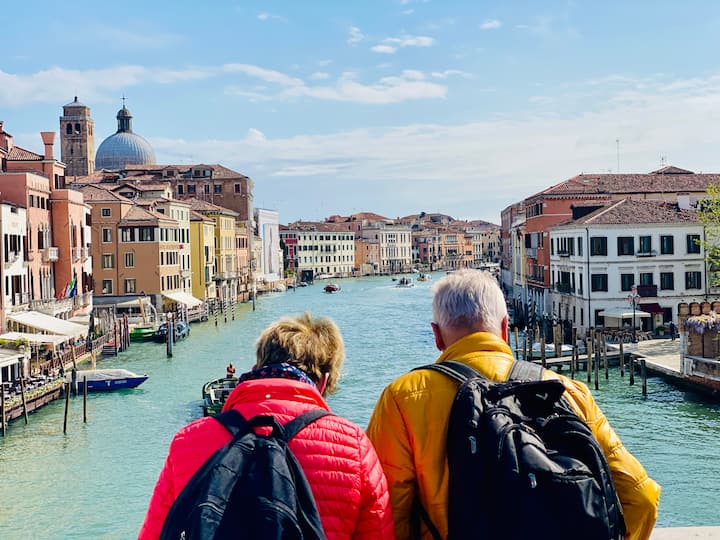Ciekawe miejsce
Murano
Poleca 251 lokalnych gospodarzy,
Wskazówki od mieszkańców
Murano is an island located northeast of Venice, along the Canal Marani. It has about 5600 inhabitants and is composed of seven smaller islands separated by canals and rivers, linked by bridges. The toponym comes from Amurianum, district of Altino (an ancient Roman town once situated on the Venetian lagoon), whose inhabitants took refuge on the islands to escape the invasion of the Huns, in the year 453. During the crisis and the fall of the Roman Empire throughout the coastal area there was a substantial population growth, given that many Latin populations moved to the coast to distance themselves from barbarian incursions. The first official document of the Republic of Venice where is mentioned in Murano (Amuriana) dated back to the year 846 AD. The 1291, when the Venetian Grand Council forbade the manufacture of glass in Venice for reasons of safety (because of fire hazards and pollution), was the decisive date for Murano. The kilns were then moved to the nearby island of Murano thus giving rise to the worldwide fame of the island, at the time the only place authorized for the production of glass in the area of the Republic. This sole right allowed the local artisans to be quickly known in Europe, producing artistic items of inestimable value to the marketing of which was guaranteed by Venice. Murano, as well as being the most important center of glassmaking, also became a holiday destination for many noble Venetian families who built palatial villas here, rich gardens, meeting places for artists and writers. The many rich convents made Murano an important place of spiritual retreat. In the fifteenth and sixteenth centuries, Murano reached its maximum splendor with 30000 inhabitants, seventeen churches, dozens of kilns, numerous fairs and workshops, and many were important international personalities who came to know and watch the production glass. The eighteenth century was the culmination of the crisis for the Republic of Venice, fell in 1797 at the hands of Napoleon, and hence was subjected to foreign domination. Murano, as well as Venice, was first occupied by the French and then by the Austrians, and consequently also changed in terms of urban setting. Many churches (now there are only four) and monasteries were demolished to build houses or kilns, as well as gardens and other historic buildings. After the third war of Independence (1866, finished with the annexation of Venice to the new Kingdom of Italy) Murano saw a new moment of rebirth. Especially thanks to the work of the Abbot Vincenzo Zanetti (one of the leading figures in the culture of the nineteenth century who founded in Murano, along with the mayor Antonio Colleoni, the Glass Museum and the School of design applied to the art of glass) the city enhanced its history and culture, the production of Murano glass began to be exported around the world.
Murano is an island located northeast of Venice, along the Canal Marani. It has about 5600 inhabitants and is composed of seven smaller islands separated by canals and rivers, linked by bridges. The toponym comes from Amurianum, district of Altino (an ancient Roman town once situated on the Venetia…
Murano is famous for its glass factories handmade. you may visit and enjoy the beauty of the glass made there. while still walk around and find some nature.
Atrakcje Airbnb w: Murano
Weź udział w atrakcji Airbnb prowadzonej w małych grupach przez lokalnego eksperta. To doskonała okazja, by odkryć uroki tego wyjątkowego miejsca
Lokalizacja
Venice, Veneto







